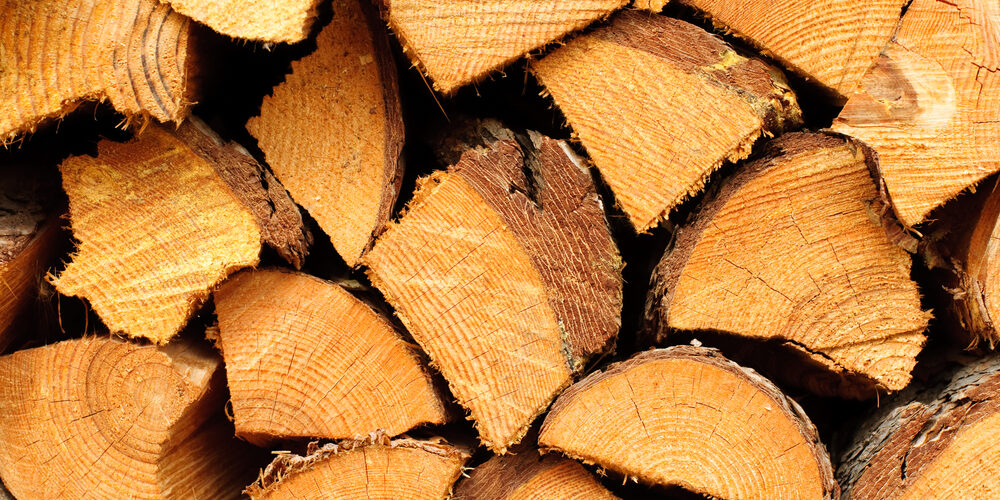Green construction may be a high-tech process in some aspects — solar heating and water recycling, for example — but when it comes to materials used, traditional building materials are leading the way over high-tech products. Building materials with a smaller environmental impact, like wood, straw, bamboo and stone, are often preferred by green builders.
Navigant Research, based in Boulder, Colorado, released a new study last month showing that old-school products are making a comeback in the green building industry. Low cost, combined with low environmental impact have put wood, straw and bamboo (among others) in high demand.
“Innovation in green materials is driving, in a sense, a regression, in which materials made from bio-based or quickly regenerating resources that are low in embodied energy and carbon, are re-emerging,” said Eric Bloom, senior research analyst with Navigant Research. “Examples include timber structures and cladding, straw-bale construction, lime renders and mortars, cellulose insulation, bamboo flooring, and natural mineral and fiber floor coverings.
The Navigant Research report also revealed that although the downturn in construction activity has significantly affected materials producers of green and conventional products alike, the green buildings market appears to have slipped less than the buildings market as a whole.Green construction will continue to grow as the study predicts the worldwide market for green construction materials to increase from $116 billion in 2013 to more than $254 billion in 2020.
Advancements in green building technology do not always require a high-tech approach. Oftentimes, the “greenest” approach is also the simplest, most cost-effective and natural. These bio-based materials, when combined with energy-saving technology allow for the most environmentally friendly, energy-efficient, healthy buildings.
For more information about sustainable construction, subscribe to our blog.

